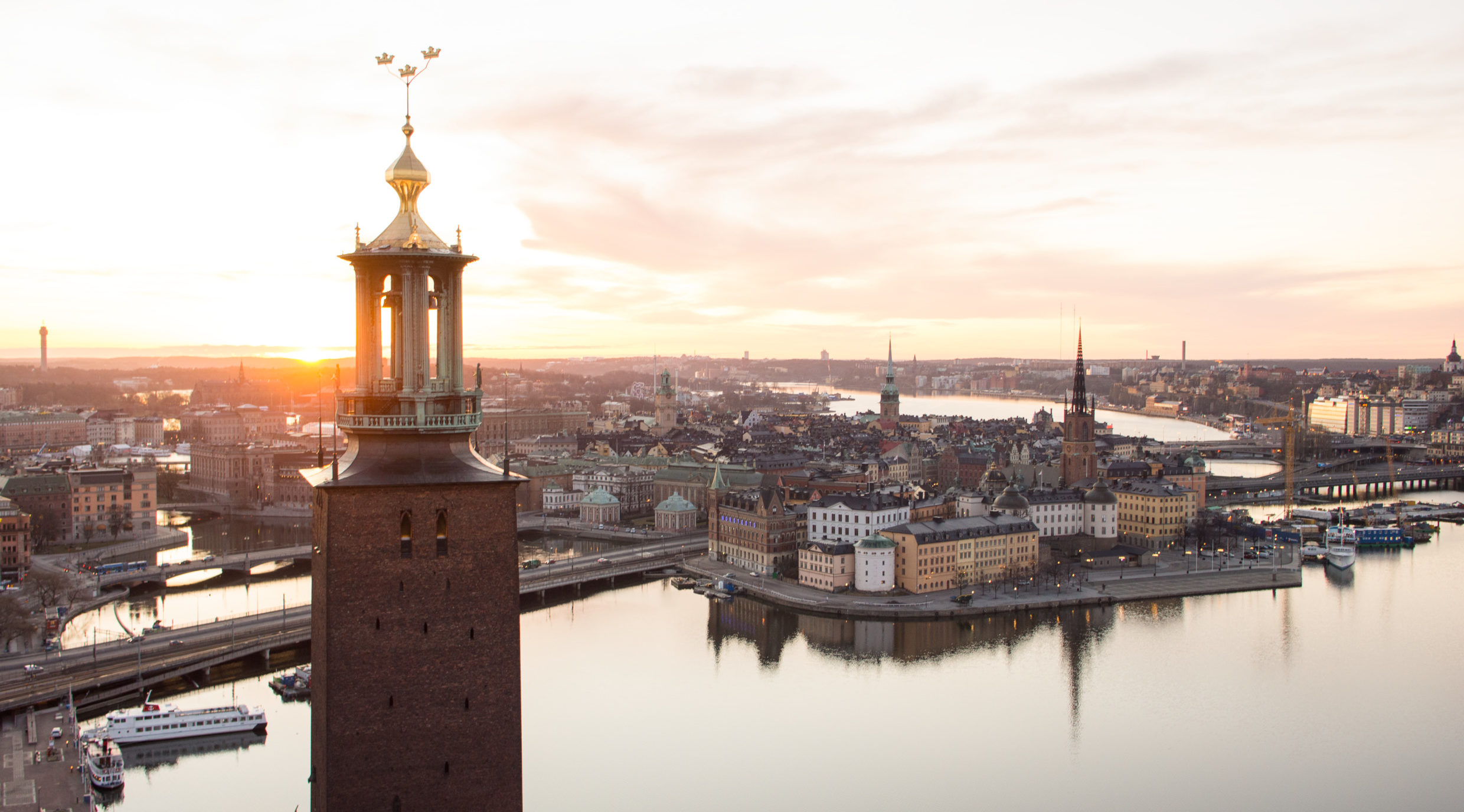
In 2019, a Best Practice Guide was prepared with the aim to introduce the Swedish knowledge and expertise within the areas of Production, Distribution and Consumption of District Heating and District Cooling, covering technology, business concepts and operations.

Sweden is a pioneer when it comes to sustainable energy solutions. With winter temperatures dropping a s low as -35°C and summer temperatures peaking at over +30°C, setting the right indoor-temperature is vital.
Today, 55% of all homes and commercial buildings in Sweden are heated by District Heating and the Swedish model is being successfully implemented in many countries all over the world. District Heating and District Cooling makes the most of energy that would otherwise have been lost and is a main driver of sustainable and eco-efficient city development.
The Swedish model sets focus on end-user demands, independence of fuels and the interaction of multiple heat sources. Residents actual demand of heating and cooling is dimensioning the heat production and the system is changed from being production-driven towards demand-driven. Only the heating or cooling needed will be accepted by the system and the residents will only pay for the energy they have used.
The most cost efficient solution for District Heating is based on a two-pipe network system, a substation in every building and individual metering building by building. It is important that both radiator systems and tap-water systems are in balance and that buildings have acceptable insulation. Consequently, functionality and performance for components in the system are key issues. The whole system must be considered and products and components working together in an optimal way as well as with optimal individual function.
Please find the full best practice guide for download to the right –>


